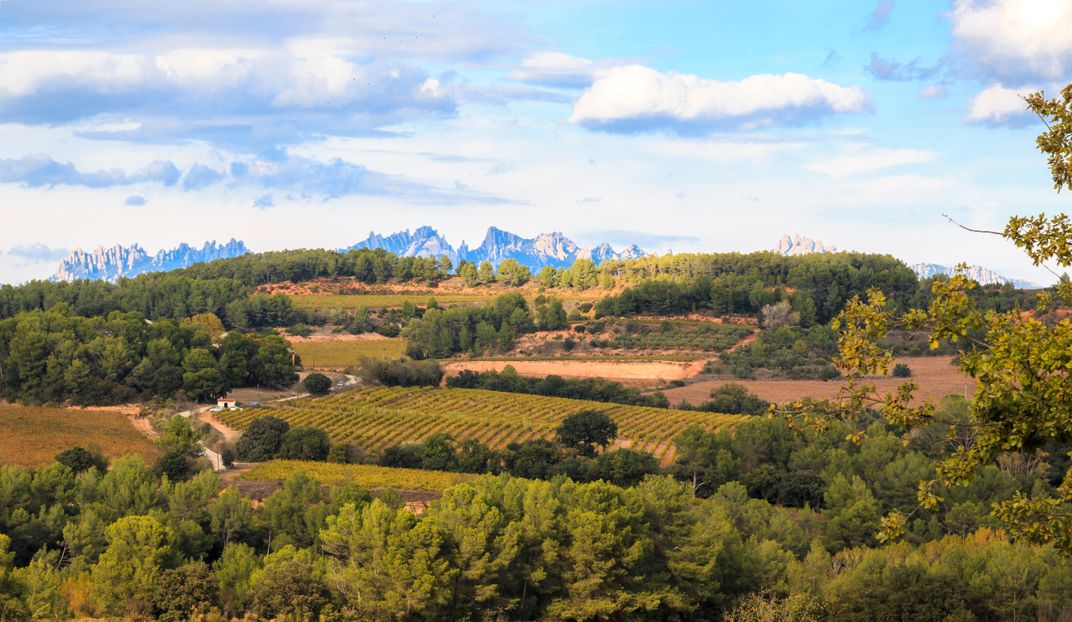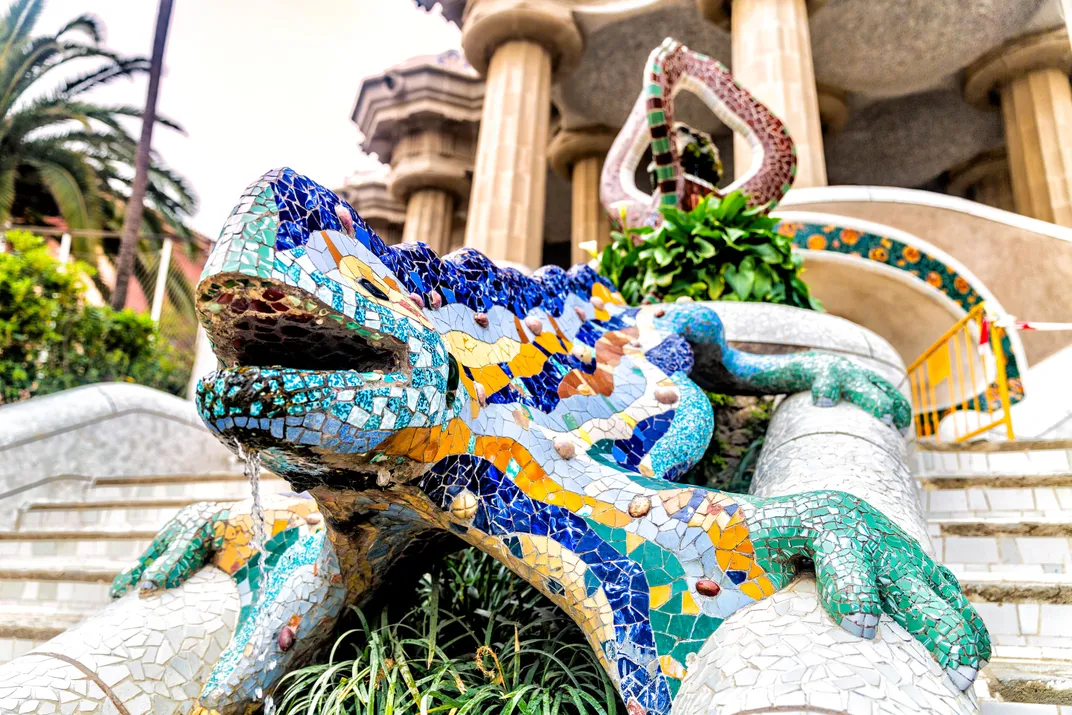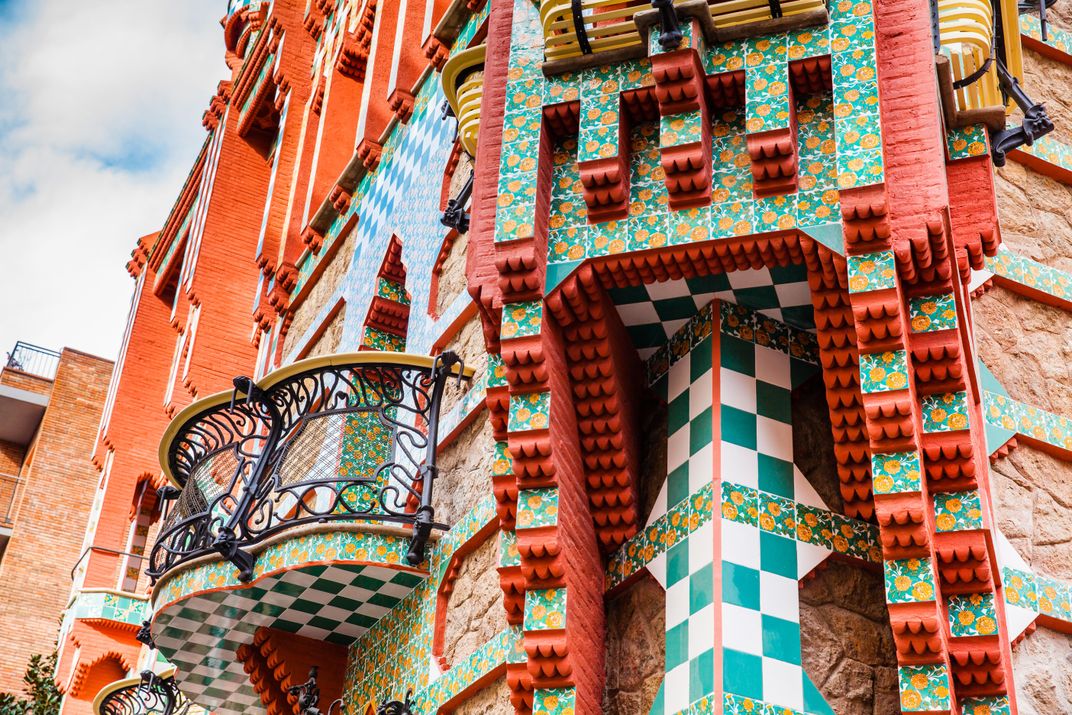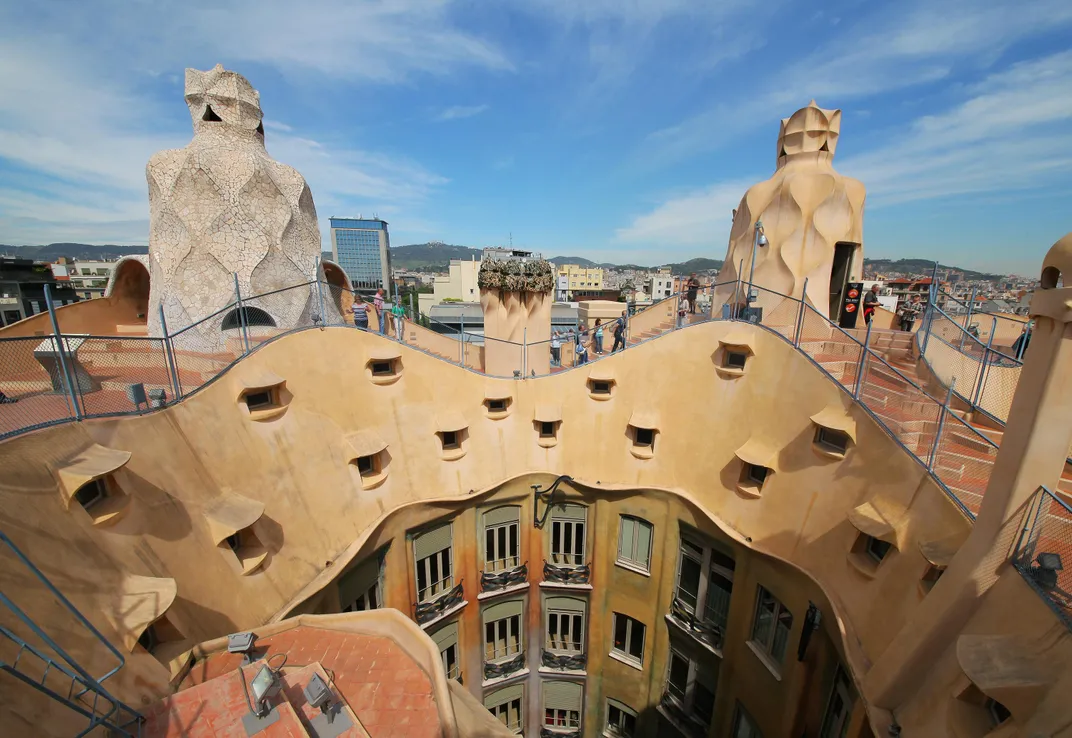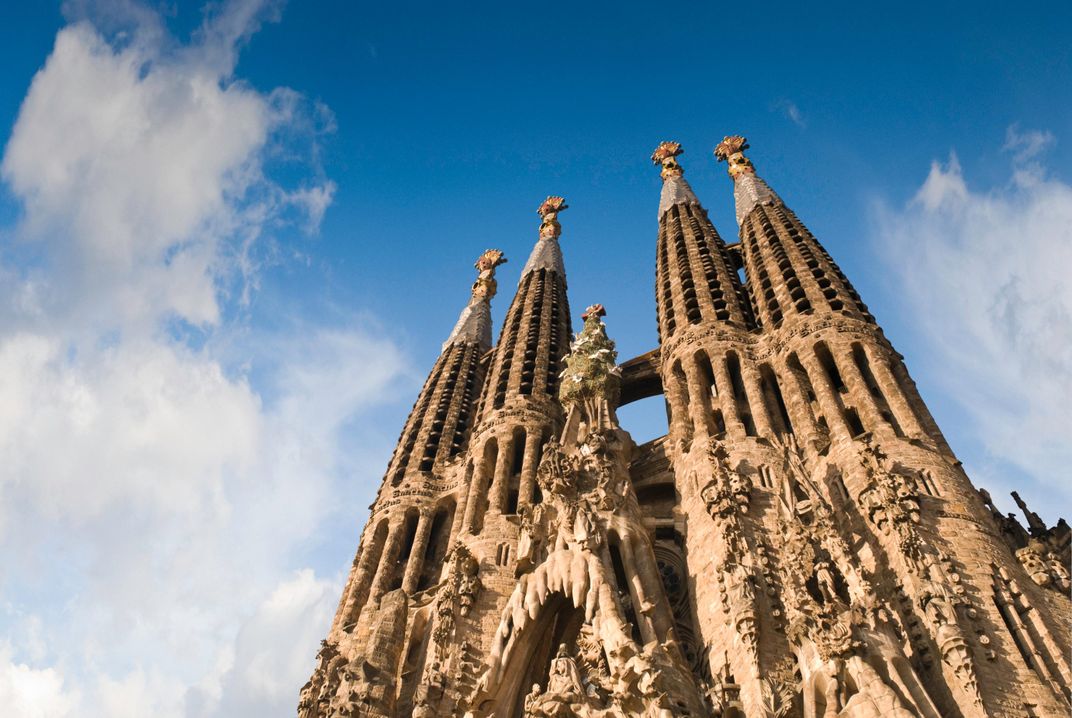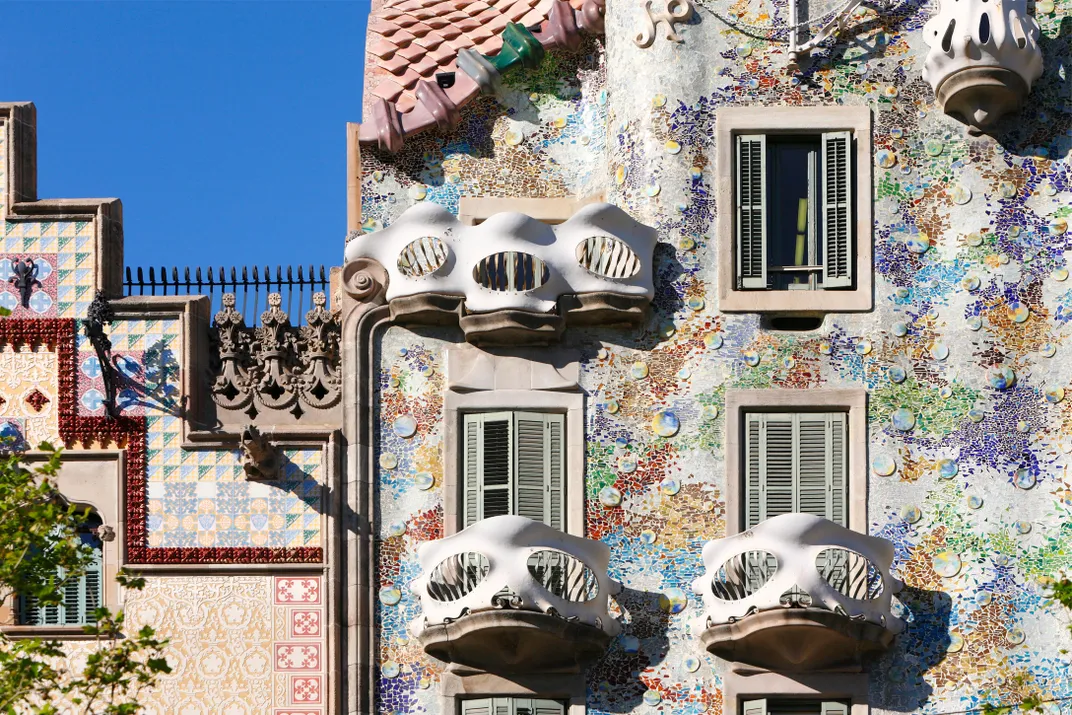Explore Antoni Gaudi’s Barcelona
The capital’s cityscape bears the unmistakable Modernist mark of the Spanish architect in its churches, buildings and parks
/https://tf-cmsv2-smithsonianmag-media.s3.amazonaws.com/filer/9d/a3/9da31a1b-8b0e-487a-8024-2392439dd3ca/istock-470001887_2.jpg)
During the late 19th century, Barcelona was Spain’s industrial center, a rapidly growing city whose municipal leaders sought to shape it into a modern, metropolitan capital. Architectural advancements, such as the development of reinforced concrete and the increasing availability of water, electricity and gas in individual homes, gave rise to a building boom that highlighted the region’s cultural revitalization. This era of prosperity and artistic flowering is embodied by the inimitable architecture of Antoni Gaudi.
Between 1883 and 1926 Gaudi designed private residences, apartment buildings, public parks and worship spaces with fantastical, organic lines and lavish Art Nouveau embellishments. Growing up in the rocky, vineyard-strewn Catalonian countryside instilled in him a profound appreciation of the natural world that would infuse his work. Gaudi also drew inspiration from Gothic forms, favoring pillars and buttresses over the modern method of constructing buildings around metal frames. He also had a bit of an ego. When Doña Isabel Güell took up residence in the Palau Güell—Gaudi’s first major work—she complained that she couldn’t fit her piano into the odd-shaped rooms. Gaudi sarcastically replied, “Isabel, believe me, take up the violin.”
Perhaps the apotheosis of his style and career is La Sagrada Familia, a church that Gaudi began in 1883 and was his only architectural project between 1914 and his death in 1926. The building, whose support columns resemble slender trees that branch out to hold up the ceiling, is still under construction. The exterior sculpture depicting Christ’s nativity is one of the few elements built by Gaudi himself and is one of seven of his works declared a UNESCO World Heritage Site.
After his work was the subject of a Museum of Modern Art exhibition in New York in the late 1950s, Gaudi drew increased interest and his buildings became major tourist destinations. Barcelona is home to the majority of Gaudi’s architectural works as well as the Gaudi Museum, located at his private residence within the Parc Güell, a municipal park he designed and built between 1900 and 1914. Visitors to Barcelona can go on a self-guided tour of Gaudi’s buildings—such as the Casa Vicens, a residence that melds architecture with the visual arts, and the Collegi de les Teresianes, an uncharacteristically minimalist convent school—by following the Ruta del Modernisme, a path of red paving stones inset in the pavement that also leads past other examples of modernista architecture.
